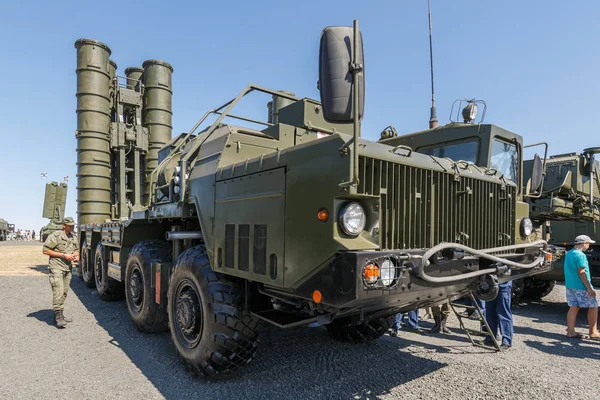
At the end of Operation Sindoor in May 2025, two systems dominated as game-changers: Russia’s S-400 Triumf air defense system and Indo-Russian BrahMos supersonic cruise missile. Their success not only changed tactical dynamics with Pakistan but also hastened India’s quest for next-generation air superiority technologies ranging from fifth-generation fighters to hypersonic missiles.

1. S-400’s Record-Breaking Engagement
The S-400s’ combat debut in Indian service provided a benchmark: the system’s longest verifiable kill. Per Air Chief Marshal A.P. Singh, an S-400 battery shot down a valuable airborne asset at some 300 kilometers, as well as several Pakistani F-16s and an AEW&C aircraft. The layered structure of the system four types of radar, several classes of missiles, and a centralized command network meant simultaneous tracking of as many as 100 targets and targeting of 36. That it could intercept threats moving at Mach 14 is one reason that it is seen as more all-purpose than the U.S. THAAD. Connected to India’s Akash and anti-drone systems, the S-400 effectively neutralized Pakistan’s glide bomb and drone attacks during the fight.
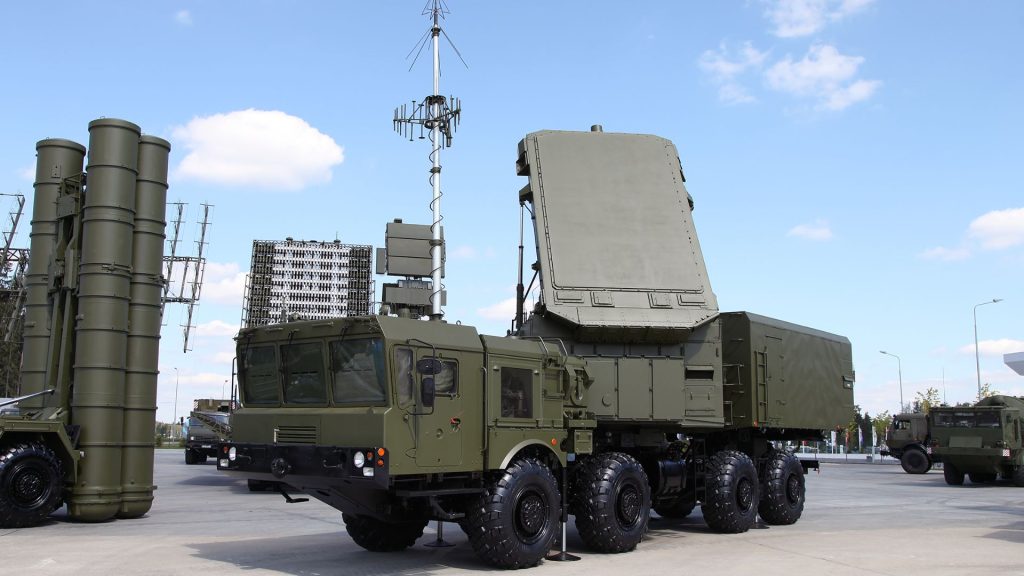
2. Technical Architecture of the S-400
Each S-400 battery integrates 91N6E Big Bird acquisition radar, 92N6E Grave Stone engagement radar, and missile options from the 40N6 (400 km) to the 9M96E2 (120 km). Road mobility of the system at 60 km/h and five-minute launch time allow for quick repositioning. India’s $5.43 billion deal for five batteries came with reserve missiles, three of which are already operational in Punjab, Gujarat, and the east. The two additional ones are to be delivered by 2026, despite previous U.S. CAATSA sanction threats.

3. BrahMos: Precision at Supersonic Speed
During Operation Sindoor, the BrahMos-A air-launched variant, carried by Su-30MKI fighters, crippled 11 of Pakistan’s 13 major airbases. Travelling at Mach 2.8–3.0 with a 200–300 kg warhead, the missile’s low radar cross-section and sea-skimming or terrain-hugging flight profiles made interception nearly impossible. The joint DRDO–NPO Mashinostroyeniya design leverages a ramjet propulsion system for sustained supersonic cruise, with a CEP of under one metre. Its versatility land, sea, submarine, and air launch has projected it as a centrepiece of India’s deterrence strategy.
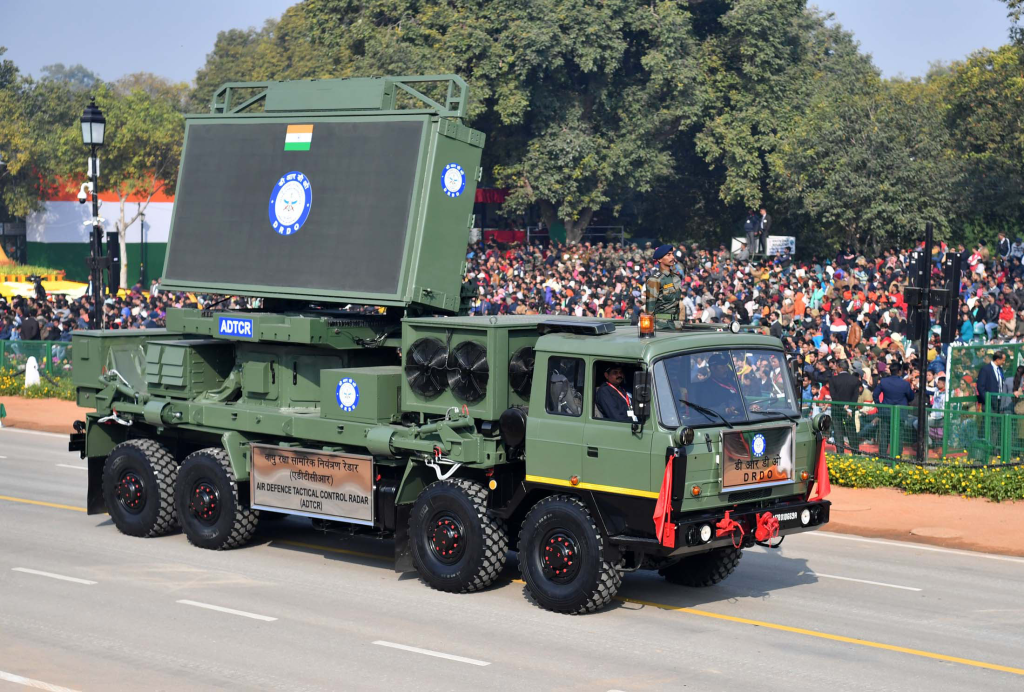
4. Extending the BrahMos Reach
After ground trials of an 800 km land variant, DRDO is enhancing the BrahMos-A to catch up on that range without changing its 2.5-ton configuration. Improvements include a high-energy-density fuel and optimized ramjet design, permitting deep-penetration capability against targets such as Karachi or Gwadar from inside Indian airspace. Enhanced inertial guidance and local seekers will maintain precision over long ranges, permitting strikes against Chinese assets in Tibet without breaching the LAC.
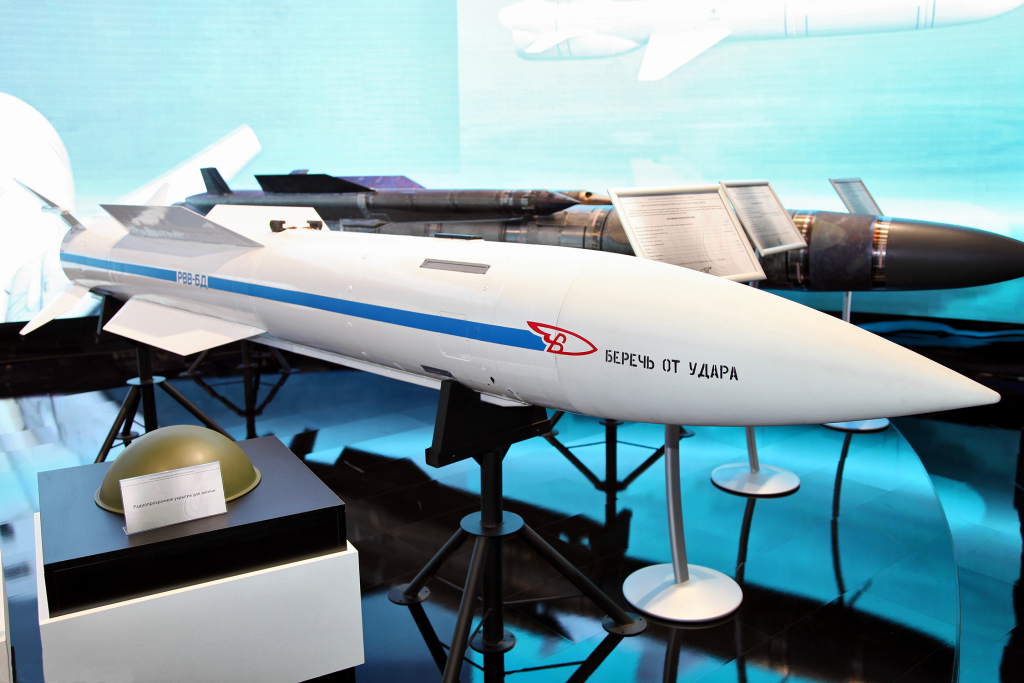
5. The R-37M: Dominance Beyond Visual Range
Russia has proposed India the R-37M “AWACS Killer,” a Mach 6 air-to-air missile with a 300–400 km range. A high-speed, anti-high-value-target missile intended to kill high-payoff targets before they can be detected, it possesses active radar guidance and mid-course update capability. For the IAF, fitting the R-37M on Su-30MKI or future Su-57 platforms would enable neutralising Pakistan’s F-16s and surveillance aircraft from standoff distances, transforming South Asia’s air combat doctrine fundamentally.
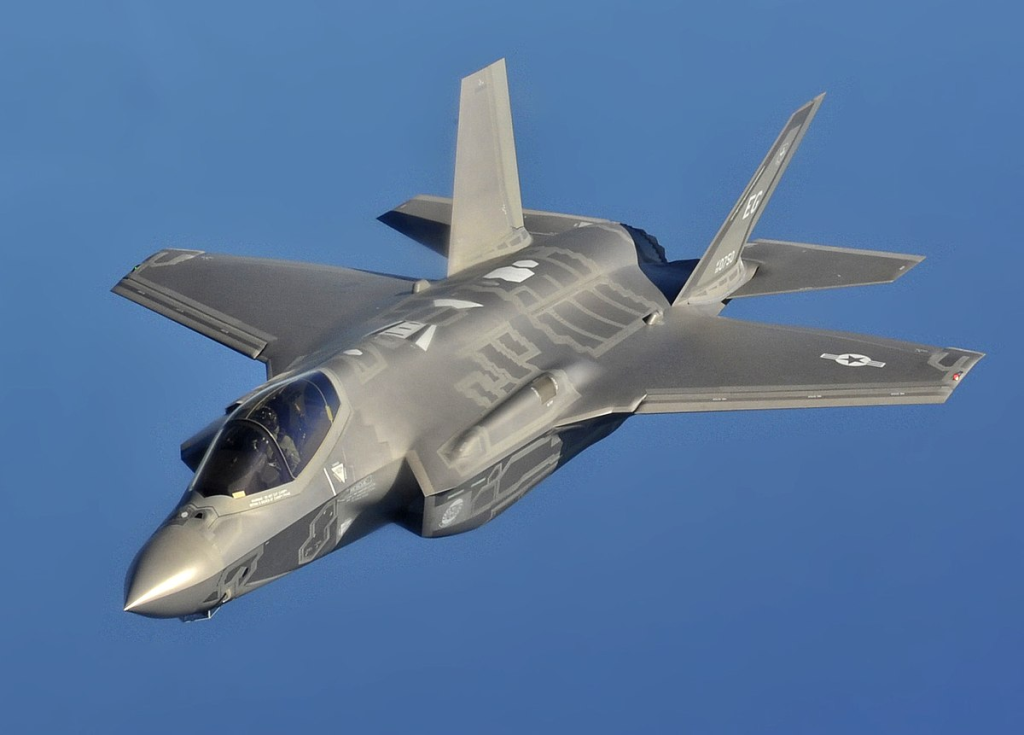
6. Fifth-Generation Fighter Decisions
While the indigenous AMCA is at least a decade away, India has a dwindling window to meet China’s J-20 and Pakistan’s proposed J-35A stealth fighters. The American F-35 offer continues to be politically problematic, and Russia’s Su-57E includes proposals for local manufacture and technology transfer. Rosoboronexport has proposed utilizing HAL’s Su-30MKI production lines to assemble Su-57, a prospect that could fit India’s “Make in India” agenda. Yet there continue to be some IAF veterans with concerns over Su-57 stealth performance.
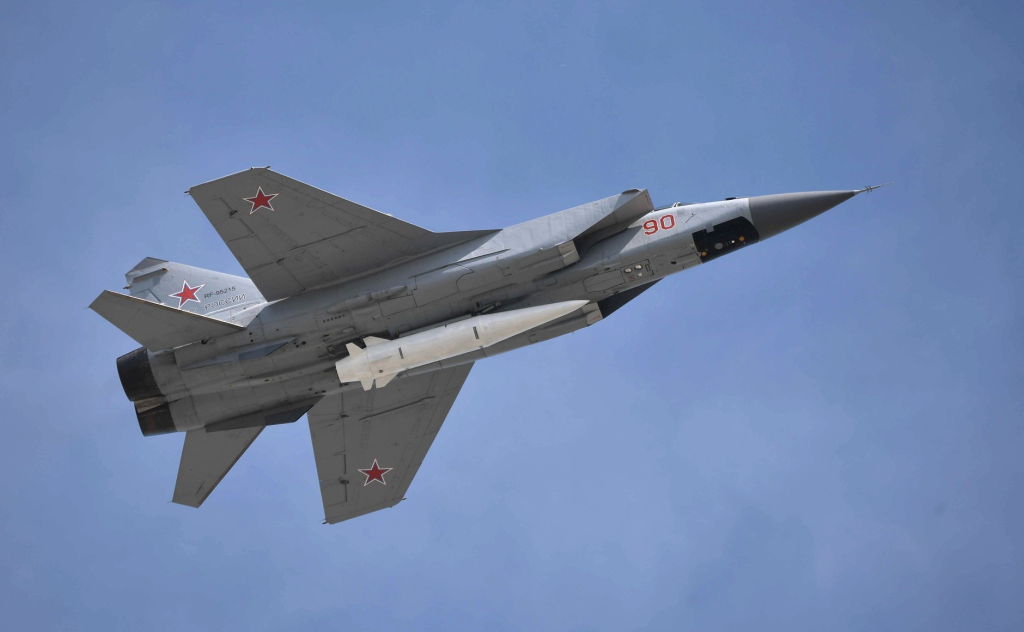
7. The S-500 Prometheus on the Horizon
Russia’s S-500, with its capability to engage targets at 600 km and low-orbit satellites, stands as the eventual replacement for the S-400. Its radar set 91N6E(M) S-band, 96L6-TsP C-band, 76T6 multi-mode, and 77T6 ABM engagement is capable of detection ranges of up to 2,000 km on ballistic targets. According to Moscow, it can intercept hypersonic targets such as the Kh-47M2 Kinzhal. For India, a purchase of S-500 would extend layered defence into the exo-atmospheric arena to supplement S-400 coverage.
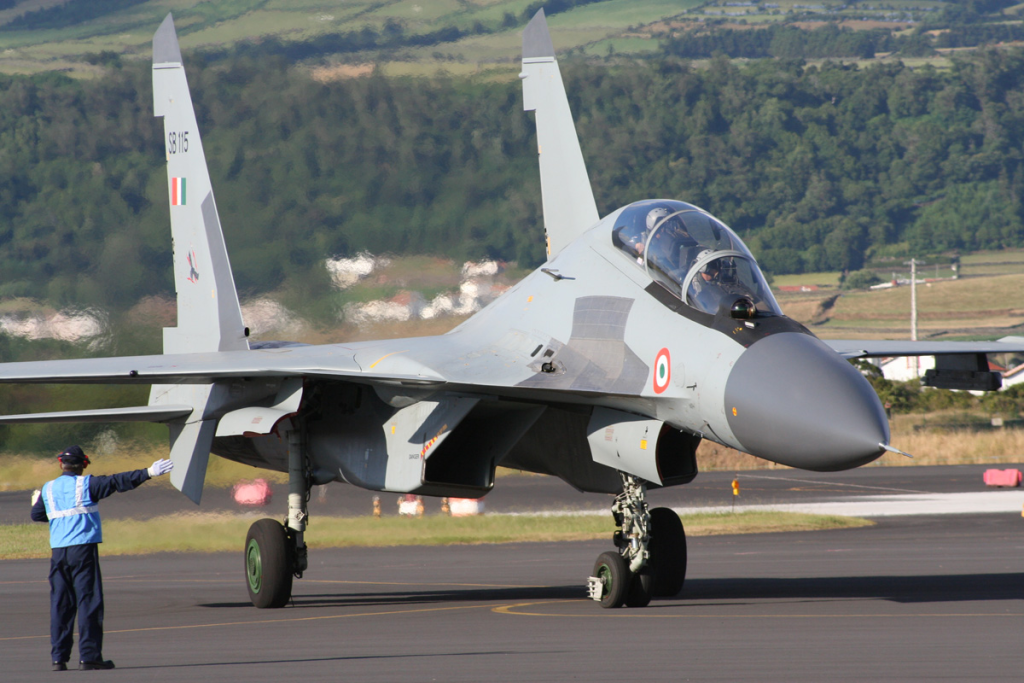
8. Upgrading the Su-30MKI Fleet
Alongside new procurements, the “Super Sukhoi” upgrade would standardize Su-30MKIs with Su-35 avionics, AESA radar, and upgraded BVR missile integration. This would enhance survivability and lethality until fifth-generation fighters become available. Indian industry involvement in the upgrade could extend aerospace manufacturing skills to future platforms.
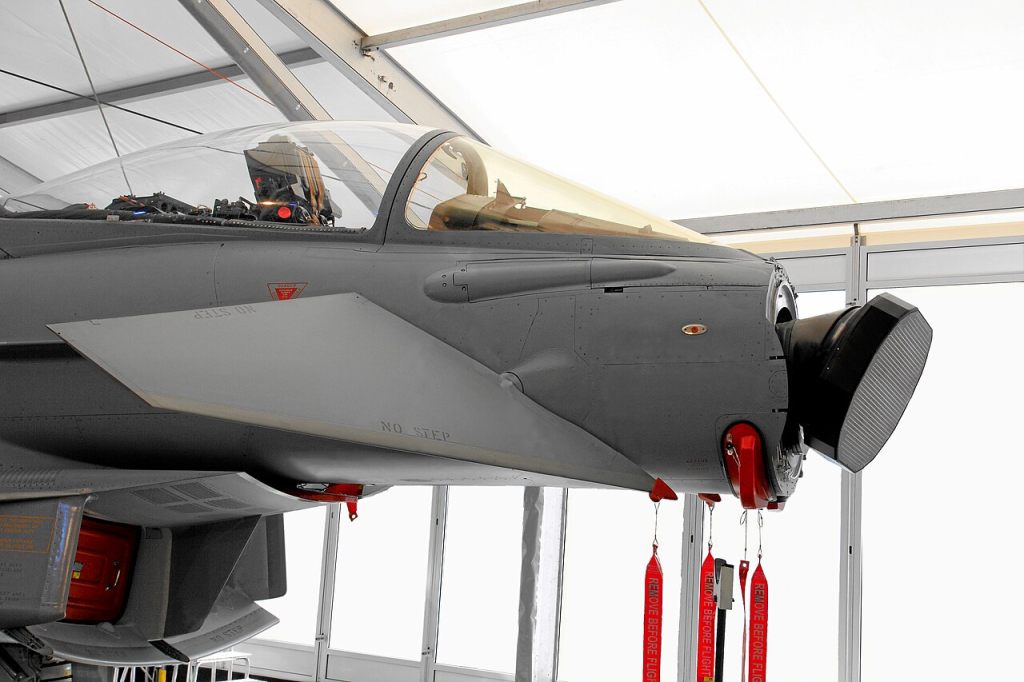
9. Strategic Integration and Future Doctrine
The synergy of S-400/S-500 air-space denial, BrahMos precision deep strike, and R-37M long-range air dominance would generate a multi-layered offence-defence bubble. Cyber and counter-drone integrated with it, this network-centric methodology captures the essence of lessons from Operation Sindoor: decisive victories depend on precision, velocity, and survivability in domains. The next stage of Indo-Russian cooperation be it in stealth fighters, hypersonic missiles, or unmanned combat systems is what will decide how much India can advance its air superiority before regional rivals bridge the gap.

